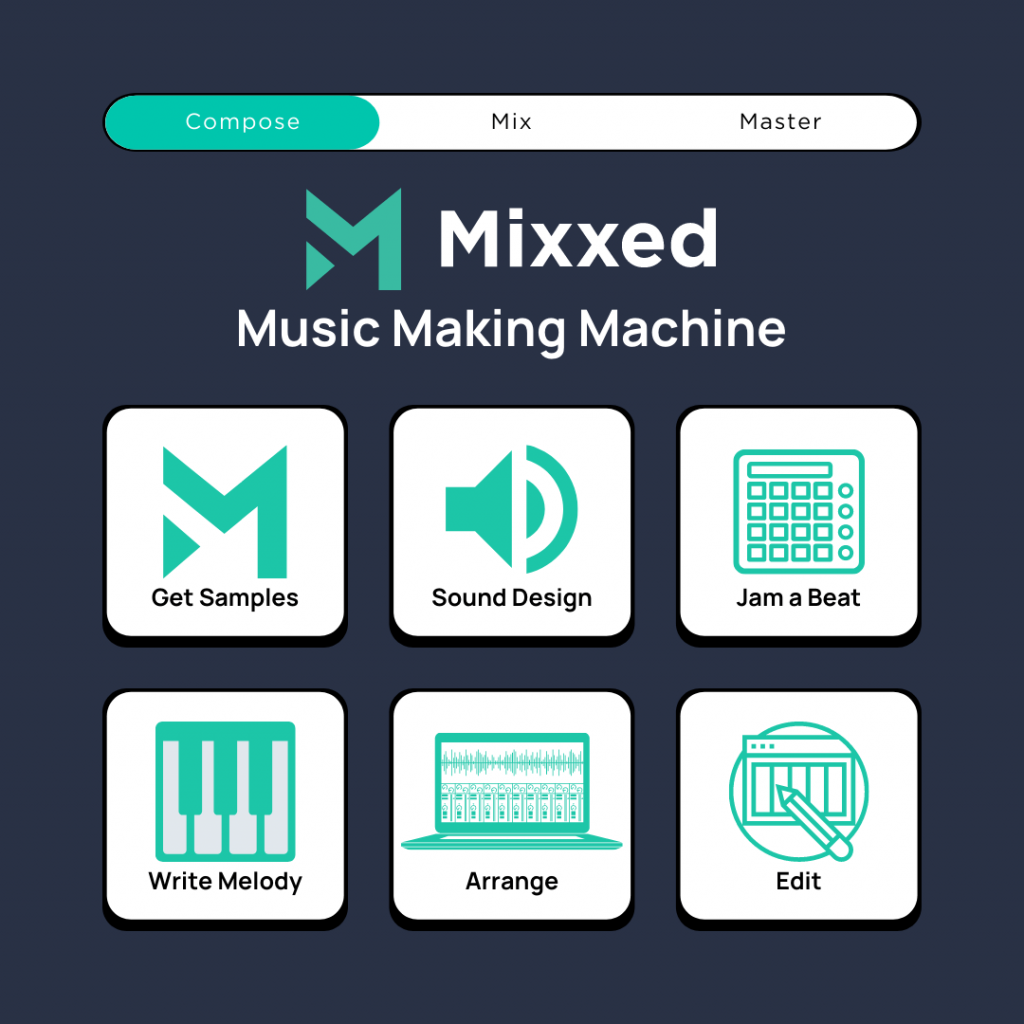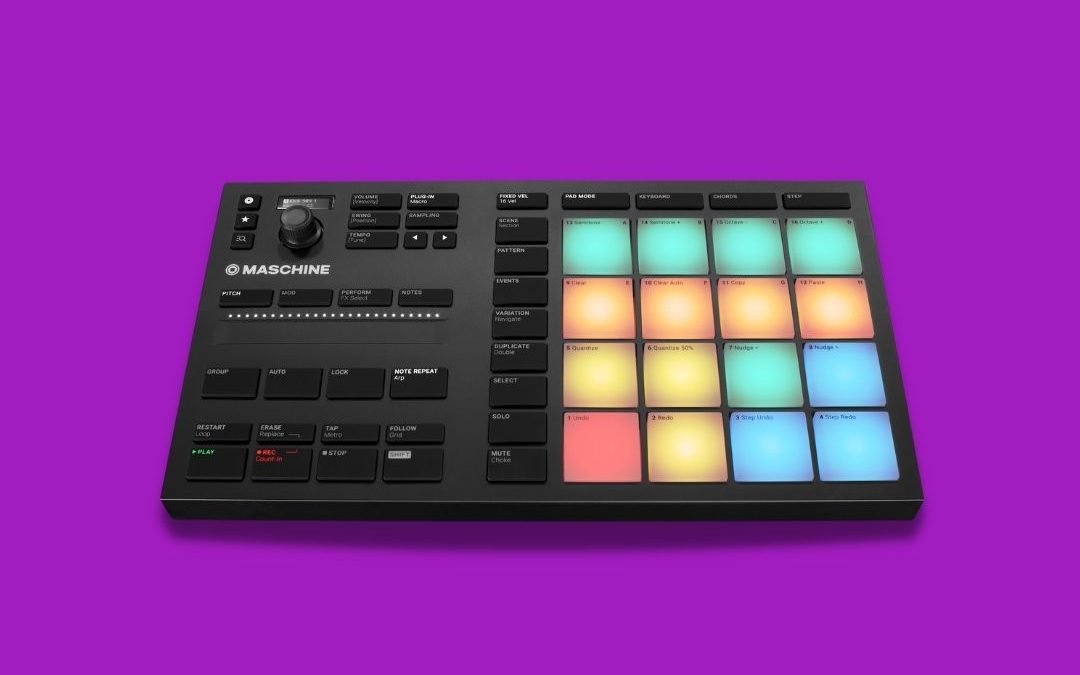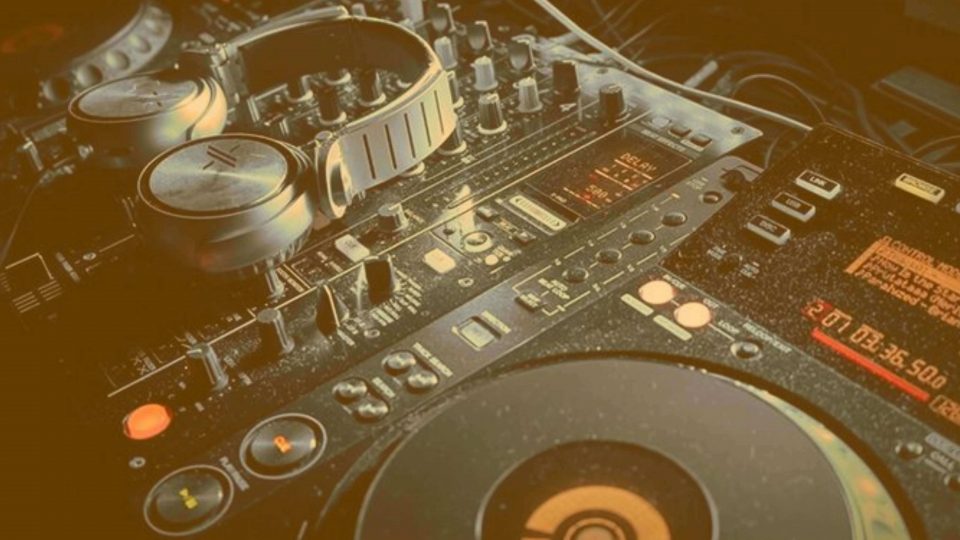How to Make Electronic Music for Beginners
Many who start out in music forget one thing: a music production process. And that process starts when you make music.
The truth is, you actually can turn creativity into a process. You’ll soon learn that without a system in place, your output won’t be as good as it could be. That’s why we’re here to talk about the best music production process for electronic music.
Knowing how to make electronic music in a systematic way will allow you to speed up your music production process significantly. If you’re very new to music production, you may find some real value in an article we have linked here.
Music Production For Beginners: The Complete Guide For Music Producers
The Process for Making Electronic Music

Therefore, I think we should talk about putting a system in place for making electronic music.
How to Make Electronic Music
You need some inspiration, so find it in the Mixxed sample library.
Whether you’re looking for drum samples, a melody line, or literally anything else, you’ll find it in the Mixxed sample library.
My typical process involves finding new drum samples before I do anything else. I like to find two kick samples and two snare samples. But why? So that I can layer the kicks and snares on top of one another respectively and turn them into something new!
This is the only mixing task I perform in my composition stage. Usually, I’ll have one snare that has more body than the other, so I may remove some tail from this sample and apply a low pass EQ filter to remove excess frequencies from the top of the snare. Next, I apply a slight bit of low cut to the thinner snare and make its tail longer if needs be.
But I don’t have any exact “measurements” for this process. My metric is simple: if it sounds good then I keep it. If it doesn’t, I revert to the previous settings and try something new.
When I’m happy with the sound of my kick and snare drum, I make my way over to Mixxed once more to find some hats and cymbals.
Design Some Sounds for Your Music
For sounds, I open up a wavetable synth like Vital or Massive, or maybe a granular sample manipulator like Form, and get to work making some bass sounds.
Rather than give you a tutorial here, we’ve made some tutorials previously that show you how to make a white noise bass, a reese bass, and how to use sine bass compression.
How to Make a White Noise Bass: 7 Steps to Make Epic Basses!
Sine Compression Bass Tutorial: 7 Steps to Make Epic Basses!
If you have never designed your own sounds before, Master Class have some amazing tips for you!
Now, Compose A Beat
If you’re using a mouse and keyboard to paste in notes then I’m here to tell you that you’re missing a beat.
Without excusing the pun, look into getting a pad or keyboard MIDI controller. I use the Maschine Mikro MK 3 because it’s one of the most versatile pad controllers for under $200. You can load up your drum samples into one bank and your bass and melody samples into another, or you can load them into the same bank.

If you are using a mouse and keyboard or a controller – the point remains. You’ve got your drum and bass samples, so it’s time to jam a beat.
With your beat down, it’s time to get a melody in there!
Compose an Interesting Melody
One very neat tool that the Machine Mikro MK 3 has is its sample slicing feature. So, with my beat down, I’ll head back over to the Mixxed sample library. Usually, I’m looking for soft keys or strings that I can add a bit of Lo-fi edge to.
When I’m happy with my sample choice, I’ll load it into my Maschine and start cutting the samples up. From here, I can load each individual slice onto its own pad and play a melody using notes or chords – or both!
If you’re looking to write more interesting melodies, we’ve got you covered.
Songwriting For Music Producers: Understanding Melodies, Pt. 1
Songwriting For Music Producers: Understanding Melodies, Pt. 2
Arrange Your Composition and Edit
Lastly, it’s time to arrange and edit your composition.
With a variation of the same beat, bassline and melody line, I like to throw each one together in a variety of ways. For example, the track may start with just a melody line for four bars. Then, the kick and snare make an appearance without any hats, and then the hats come in two bars later.
At bar 8 a variation of the bassline will come in. Depending on how many variations you do will determine how much interest you can generate with a limited amount of instruments.
Note: don’t go over the top! People like the music that they do because people naturally like finding patterns. If your composition is too complicated then you may be shooting yourself in the foot.
On the other hand, we’re not here to tell you what you can and can’t do. After all, when it comes to music you should learn the rules only so that you can break them.
When I’m happy with the arrangement of my track I’ll make last-minute edits.
Edits can include multiple things. From removing drums or anything for just one or so bars, adding more sound effects to generate further interest, or even slapping a vocal sample on top. Or, even better, resampling a vocal sample and slicing it up to create another instrument!
Now you have your system in place, inspire yourself with the Mixxed sample library.
The sampling revolution has risen in popularity and shaped music since the early 1970s. Sample culture continues to transform how millions of artists and producers do their thing in DAWs.
You too can break conventional norms, challenge the status quo, and open Pandora’s box of sound design.
Mixxed works with a growing number of sample labels and contributors to provide you with an affordable sample subscription service that’s more accessible than any before.
You’ll have access to our growing catalogue of loops, one-shots and sound effects that you can browse, download and keep forever for less than $3 a month.
Sign up today to find your sound!
